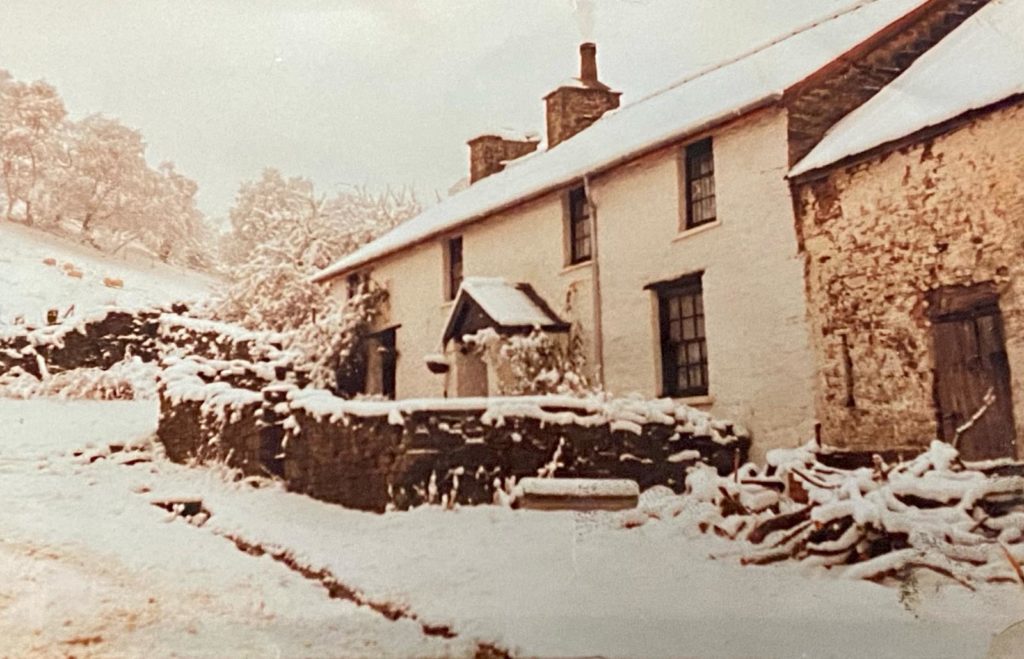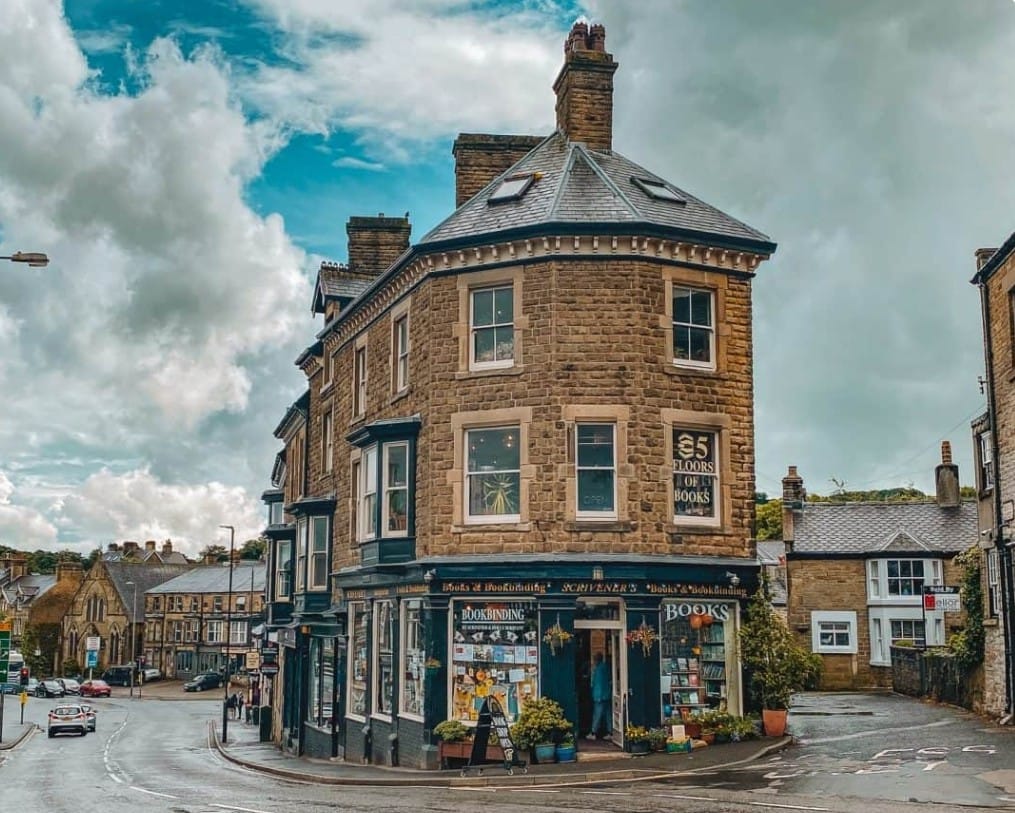Town House vs Worker’s Cottage – Historical Nuggets Part II
Introduction
Today is about the differences between Victorian town houses and a worker’s cottage in the 17th century. So, it only feels right to delve into the architecture of them! I grew up in an old farmhouse in the country so hopefully that means I have some insight into the two different houses I am comparing today. I will include my opinions and come to a conclusion as to which I would prefer to live in. Town House vs Worker’s Cottage
Victorian Town House
Victorian small terraced houses such as the one in City of Time and Magic mostly had a parlour with a cast iron range in them. Most of the cooking, food preparation and eating were done in one room. It provided a slightly more homely feel and also took up less space than having a separate kitchen. A big difference between workers cottages and Victorian terraced houses is that the terraced houses tend to take up space vertically. Whereas the cottages were more on one level. It made sense to have the range in the parlour as otherwise they would be on the floor above. Behind the parlour would be a small room for any water or waste based things such as sinks, taps, bins and waste holes. As they were also at the back of the houses, waste could be easily disposed of via the backdoor.
The cast iron range was fuelled by coal, creating suffocating black smoke. This caused the ‘London smog’ which led to thousands of intoxication related deaths. A black cloud encased London until methods of heat production were changed. Surprisingly, they had piped gas for lighting in their houses during the Victorian era. Not surprisingly however, it was prone to leaking and exploding, which cased thousands of deaths and set alight many houses. The Victorian era was one for revolutionary inventions and discoveries of which many still withstand to this day, for example, the sewage systems, railways and underground. Across Britain, a vast majority of architecture is from the Victorian era due to its beauty and integrity. In the City of Time and Magic, Xanthe found herself in a terraced house with a bookshop at the bottom and living areas at the back and top.
“The second room was such a fine example of a Victorian parlor that she felt she had stepped onto a film set. There was a splendid range in the hearth, lovingly blacked and maintained, with a low coal fire burning in it. A kettle hung to one side on a swivelled arm, waiting to be set above the heat. Pipes leading off the back of the stone suggested a system that would provide hot water to the inside of the house, a highly modern innovation for its time.”
Worker’s Cottage
When I think of old cottages in the country, I think back to where I grew up. Although the house I lived in was built during the 14th century and in the countryside, architecture did not change or advance much until the 17th century. It had timber beams that would groan and bend under the winds. They would roll like waves down the side of the mountain and crashing onto the house. and smoke billowing from the wood fires. We had a bread oven that our cat, Pingu, would hide in when we first got him. Our house had glass windows, it would have had wooden shutters instead when it was originally built. These houses were built to withstand harsh weather, not to provide light. As for lighting itself, there would be a fire lit at all times. Windows in Town House vs Worker’s Cottage were very different.
Aside from open fires, candles were used as portable and quick light sources. Candles made of wax were expensive so they would be made of tallow, or animal fat in simple lamps. Atop the open fire would be a large cast iron pot. This would be used alongside the bread oven to produce most meals. Personally, I too could live off stews and freshly baked bread. The fireplace would be settled in an ‘inglenook’ as it was one of the main features of the house. Usually opposite the inglenook would be large wooden tables with cast iron and pewter pots. Often with wooden plates and bowls beside them. In The Witch’s Daughter, Bess and her family live in what is then a new workers cottage. It’s extremely similar to the house I grew up in, just on a slightly smaller scale.
“The small house was a single storey with a main room, the hall, a parlor, which served as bedchamber for the family, and the dairy. Here the temperature was kept cool by the addition of heavy stone slabs on which the butter lay wrapped in muslin.”
“Margaret fetched the pewter bowls while Bess took the pitcher to the dairy. She paused for a moment to allow her eyes to adjust to the gloom. How she loved this room.”
Conclusion
I am open minded when it comes to comparing two quite different types of things. I have lived in both types of houses and can safely say there are positives and negatives to both. However, my heart will always belong to the countryside so I would go for living in a quaint 17th century cottage in the wilderness. However, the better insulated and generally bigger Victorian houses are good as the British winters can be harsh and cold. A Victorian house would also provide more space for my kitten to roam around in and destroy! In the battle between Town House vs Worker’s Cottage, I like the peace and tranquillity of the wilderness and a good bread oven.

